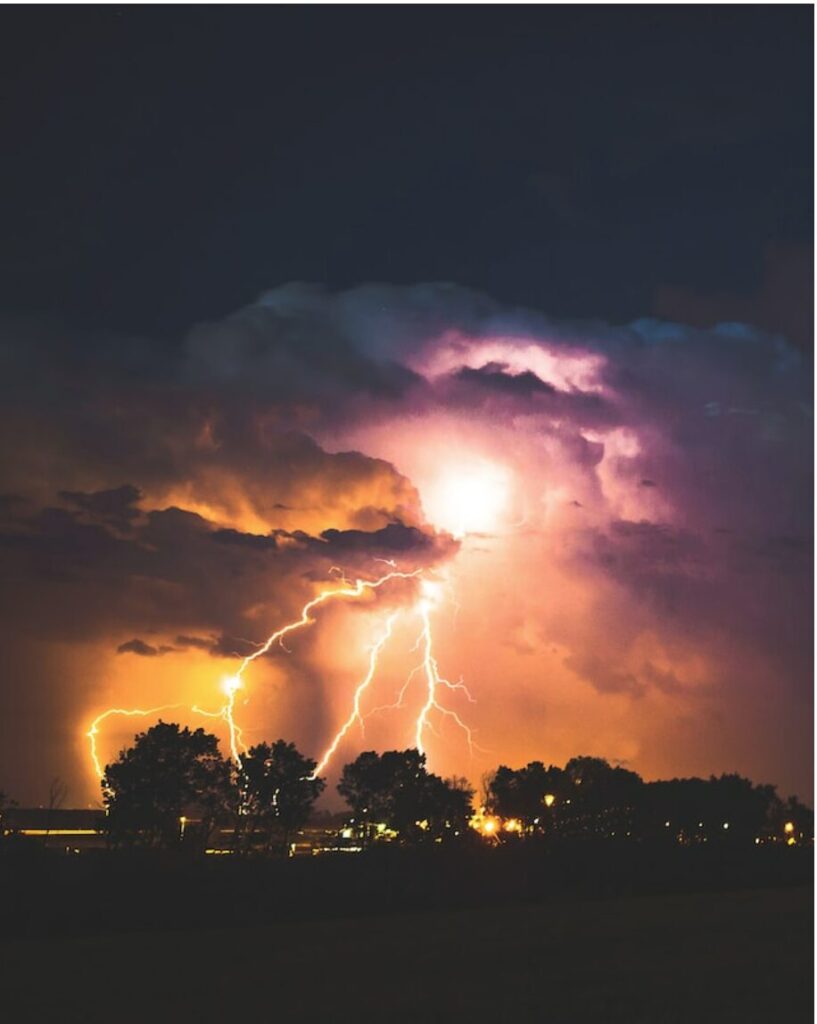Natural disasters have increased in recent years, putting homeowners and their properties at greater risk. From the recent devastating wildfires in Los Angeles to the catastrophic Hurricane Helene, tens of thousands of homes were damaged or destroyed last year.
You can’t stop climate change on your own, but you can improve your property’s chances of surviving a severe storm, wildfire, or other disaster. Here’s how homeowners can begin climate-proofing their homes in 2025.
Protect against flood and water damage
If you live in an area prone to hurricanes or floods, reducing the toll of water damage can keep your house afloat during a serious storm. Whether you’re building a new home or improving on your existing property, here are some upgrades that can better secure a home from flood damage.
1. Install a sump pump or French drain
To prevent floodwater from damaging your foundation and flooring, install a sump pump to help remove water that collects around your property. If you have a basement, consider installing one there. Your sump pump will need a power source to operate, so if your home loses power frequently during storms, you may also want to install a generator.
Alternatively, install a French drain to help relieve the water pressure if your basement does leak by redirecting the water to a safer point outside your home.
2. Waterproof your basement
A small water leak might not bother you during a light rainfall, especially if your basement is unfinished. But sealing your home to prevent more extreme damage during a hurricane or heavy rain could save your foundation. Seal any cracks with masonry caulk or cement and apply a waterproof coating to your walls.
3. Secure your electrical boxes and outlets
If you’re building a new home, ensure the electrical fuse boxes and outlets are installed at least one foot above flood level. If you’re not able to move your electrical boxes in an existing home, invest in flood barriers to secure your electric systems and reduce the risk of injury.
Safeguard against hurricane and tornado wind damage
In an area where hurricanes or wind storms are common, you may want to take the flood precautions mentioned above, but you’ll also want to make home improvements to secure your property from wind damage.
1. Replace your roof with metal or more durable shingles
When you’re up against a tornado, the risk of the storm ripping your roof off can wreak devastation on your home and family. Opting for more tornado-proof materials can be a game-changer. Most construction companies suggest metal roofing shingles or straps to secure your home’s roof. You can also opt for other class 4 roofing materials like slate or concrete.
2. Add storm shutters
Breaking glass is a significant risk when you’re experiencing a severe hurricane or tornado. Keep your windows safe by installing storm shutters that can close over the glass to prevent damage. There are different types of storm shutters, but opting for automatic or accordion shutters, which remain attached to your home, can be set up more quickly in the event of a storm.
3. Create a storm shelter
If you have a basement, take steps to secure it to act as a safe room for you and your family. This could include waterproofing measures to prevent floods and storing supplies you might need during a storm. If you don’t have a basement, set up a shelter in an interior room (preferably one without windows, if possible) and take steps to fortify it. This might mean solidifying the walls with concrete or installing a metal door.
Keep your home safe during wildfires
Wildfires tend to pop up when the air is dry and there hasn’t been rain recently. While you may not be able to avoid them, depending on where you live, these upgrades can give your home a better chance of surviving a fire. Millennials and Gen Zers buying a home for the first time in fire-prone areas should look for homes with these upgrades.
1. Install a pool
This installation will not only increase the value of your home — making you more money if you sell your property in the future — but it could also save your home from fire damage. While a pool alone won’t stop a fire from burning your home, it can serve as a water reserve for firefighters to help extinguish the fire, potentially stopping or minimizing the damage.
2. Upgrade to fire-resistant materials
You might not be able to swap all of the flammable materials in your home’s construction for less hazardous options, but you can make a few swaps throughout the years to better fortify your property.
Materials like stucco, cement, and brick will hold up better in the face of a fire than wood. Replacing your windows with double-paned or tempered glass can also limit fire damage. Lastly, consider replacing your roof shingles with non-flammable options like metal.
3. Keep your outdoor spaces clear
Lastly, be sure to remove flammable debris like leaves, fallen branches, and brush from your yard. Leaving them in place can make it easier for a fire to spread. Keep your gutters clear of leaves and other clogs that could more easily ignite and expand a fire’s reach. You should also trim your trees regularly and make sure the branches are a safe distance from your dwelling to discourage fire from spreading.
6 Tips for Building a Home That Can Resist Any Weather
Insure with Confidence: Start the Year Right with a Homeowners Policy Check
How to Prepare for Natural Disaster Season Where You Live


